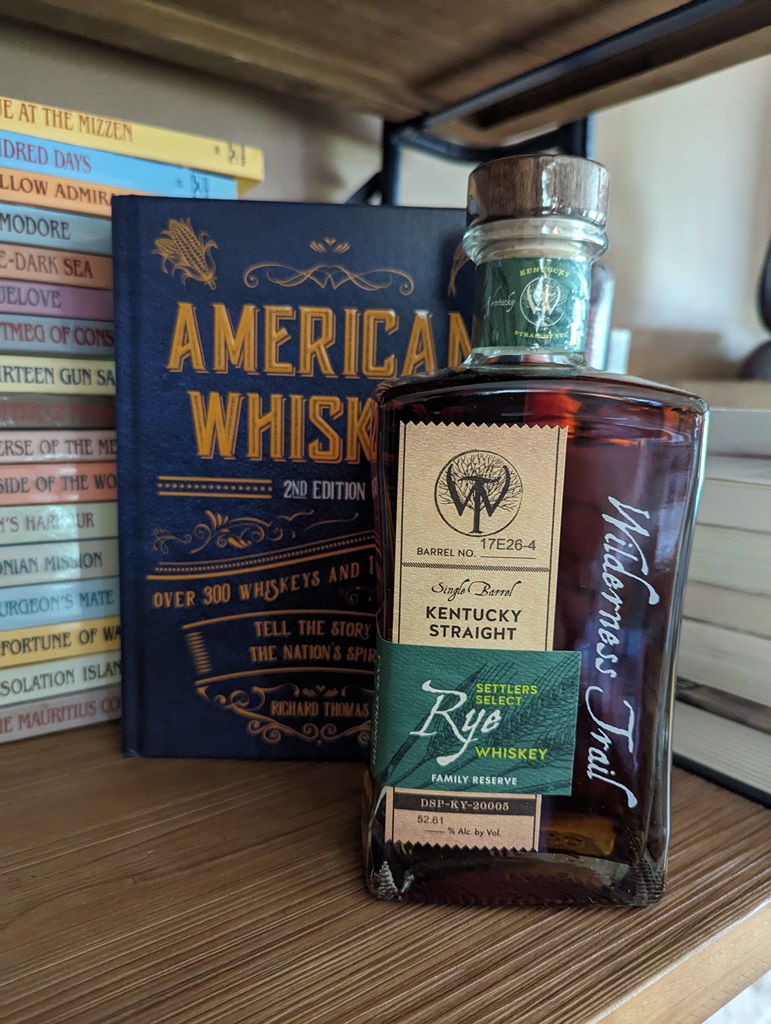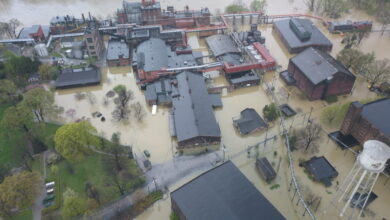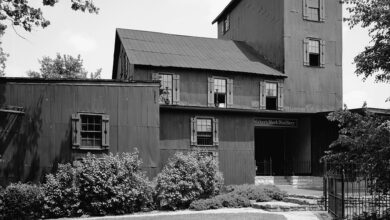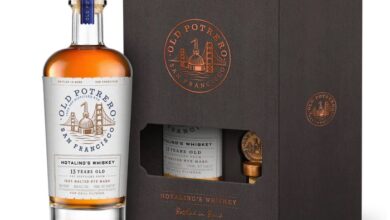Q&A With Ian Chang, Kavalan Whisky
By Kurt Maitland

(Credit: Kavalan)
While traveling to Japan this year, I made a point of detouring to Taiwan to visit the Kavalan Distillery. Taiwan’s Kavalan has been making news and shaken up the whisk(e)y world since it went global in 2012. They’ve turned heads, won awards and have changed the paradigm of how one can make a good tasting whisky. I’ve had the pleasure of meeting Ian Chang, Kavalan’s Master Blender, both during and on several occasions after my visit, and I recently reached out to him with some questions
KM: In many ways, Kavalan is an excellent example of where whisky is heading as an industry, more about flavor profile than age. For Kavalan, this has been a necessity due to the climate of Taiwan, but much of the industry is moving this way as well. I would love to know, was any of this in your mind when the first Kavalan releases were worked on by yourself and the late (and much missed) Dr. Swan?
IC: Thank you for this assessment of our whisky. Indeed, since the very beginning our consultant, the late Dr Jim Swan. and I were committed to producing whisky that was more about the flavor profile and taste than age. Kavalan’s mission statement was to create something unparalleled, some of the finest whisky in the world on Taiwan soil, and so quality has always mattered more to us than anything else.
We wanted the characteristics of ‘Kavalan whisky’ to be rich in subtropical fruitiness and floral fragrance. Therefore, we set this goal and did lots of research on the climate and the water resources in Yilan; whisky’s raw materials (malted barley and yeast); quality cask resources; and last but not least, customized whisky-making facilities according to Yilan’s natural environmental conditions to take this pioneering venture from dream to reality.
KM: What are the hardest parts of distilling whisky in Taiwan and what was learned that you didn’t know in the beginning of the process?
IC: At the beginning, one of our challenges was to change the method of production of whisky to suit a hot climate, some 15 degrees [Celsius] hotter than colder whisky-making territories such as Scotland and Ireland, and to do the research to develop our own parameters. The subtropical heat and high humidity of Yilan causes accelerated maturation, which means we can ensure a rich, complex whisky in just a few years. However, there is a higher risk of over-maturing our whisky, and we experience a higher angel’s share.
KM: With Kavalan already established as an award-winning force in the industry and having recently increased its production capacity, what can we expect from Kavalan in the near future?
IC: Our global expansion started in 2012 and this year, Kavalan is exported to more than 66 countries. With worldwide demand outstripping supply, last year we took the step to build our second distillery and expand our production line from 10 copper stills to 20 stills, boosting annual production to 10 million bottles annually. Our first decade was about establishing and locking in the quality of Kavalan’s whisky, while the second decade will be about Kavalan’s globalisation: ramping up production and distribution.
KM – It seems counter-intuitive with so much of the industry moving to release more non-age statement whiskies, but is there any interest in making an attempt to use temperature controlled environments to allow Kavalan to create an aged set of releases that could be added to their lineup?
IC- For the moment, we don’t have any plans to produce whiskies with age statements.
KM: What do you foresee happening for Kavalan in 5 years’ time? i.e. would you have any interest in adding another distillery outside Taiwan to your holdings, is there an interest in doing a Kavalan blended release, etc.?
IC: As we just completed our second distillery, there are no plans at this stage for another. However, we are considering a third maturation warehouse to meet rising demand. As for other options, we can’t divulge much, but we are still carrying out some experiments on whiskies produced in subtropical climates, which was research that Dr Jim Swan and I worked on together.





One Comment